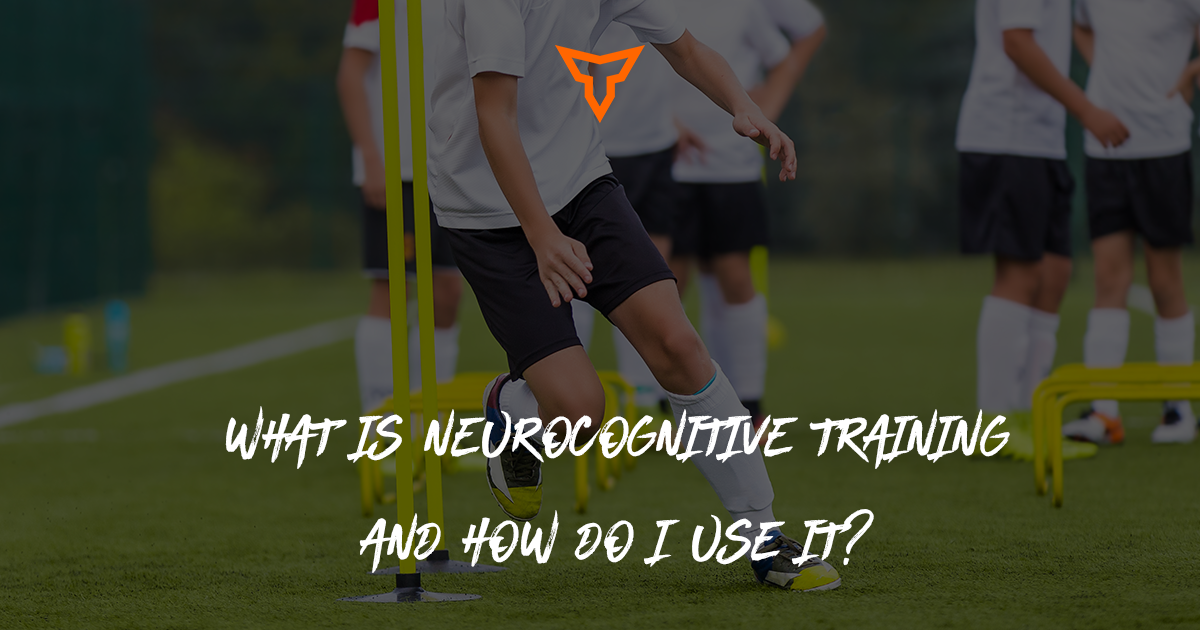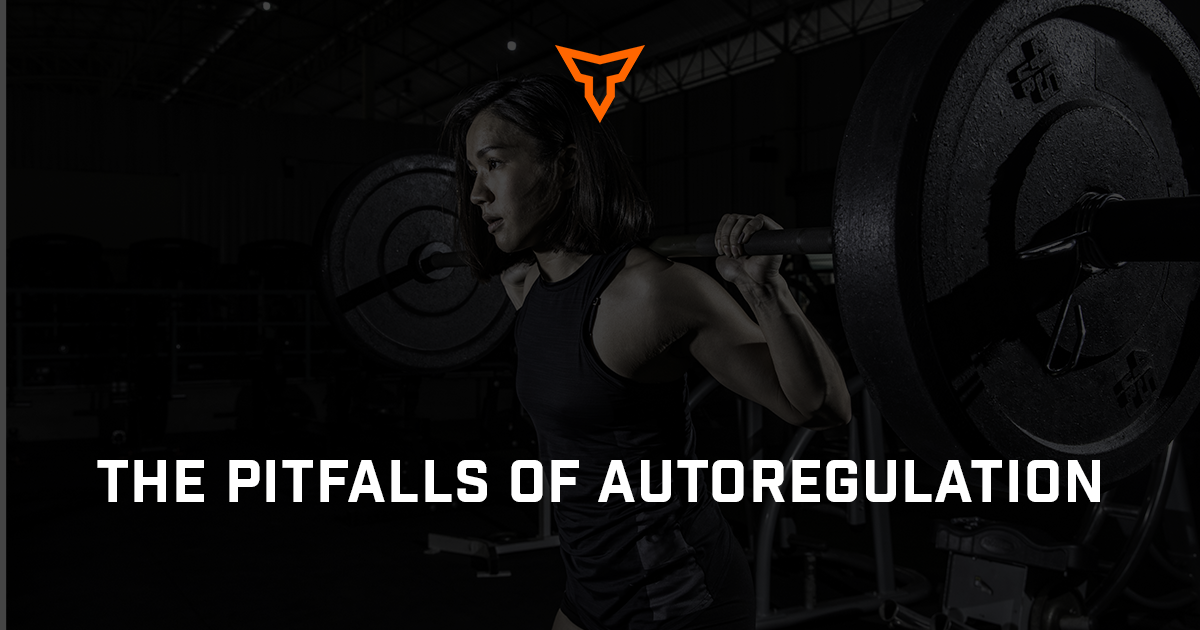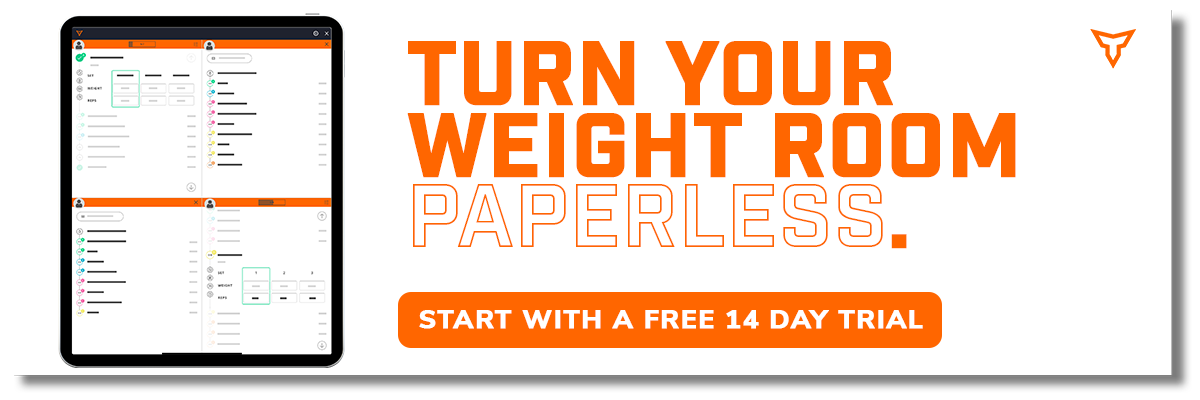Workload Management 101
Sports injuries are something that have been at the forefront of both college and high school strength and conditioning. We as professionals, are always trying to gain a better grasp on mitigating injuries. With the amount of information that can be gained from talking with your athletes, as well as the technological advancements, practitioners now have an insight into both internal and external factors that can show what our athletes are dealing with daily. In theory, these insights should allow us to be able to not only keep them healthy, but also allow them to maintain a high level of performance.
When understanding “Workload”, and how it can increase the likelihood of injury, and decrease performance we must come up with a clear definition of what it is. Workload is a combination of both sports-specific and non-sports specific stressors that each of our student-athletes encounter daily. When an athlete has been exposed to too high a workload too quickly, or a sustained high workload for too long of a period we have seen an increase in the prevalence of soft tissue injuries. There are a variety of different ways for strength and conditioning professionals to be able to monitor the workload in athletes with and without technology, as we will discuss in this blog.
In our program, we primarily use our GPS monitoring system to judge the effective workload and workload density for all our student-athletes. This is the physical stress or external load that each athlete is exposed to. We monitor our daily player load as well as player load per minute in each of our training sessions and practices. With this data, we can get detailed insight into how mechanically hard the training session, practice, or game was. This information is presented by the strength staff to the members of the coaching staff daily. This information allows our staff to be able to understand what our players are doing during a session, and thus allows them to monitor reps and practice times accordingly.
Workload density is another metric we use to monitor our student-athletes. This allows us, as a strength staff to be able to mimic the demands of competition, thus allowing our athletes to be able to compete at the highest possible level. Both player load and player load per minute are what we consider external load. This is the workload that gets a lot of attention, but we also need to focus on the athlete’s internal load as well which we will discuss.
Another way to manage workload is by using acute-to-chronic ratios that are related to both player load and player load per minute. By taking both the 7-day and 28-day averages of these two metrics we can get a ratio that can show how much workload these athletes have been exposed to over these given time periods. Many articles and studies have shown that an acute-to-chronic ratio between 0.8-1.3 is an area that shows enough workload to maintain training gains while minimizing the risk of injury. An acute to chronic ratio below 0.8 will show that the athlete is becoming detrained, whereas anything above 1.5 can be considered overtraining.
What we also need to investigate is the idea of stressors that these student-athletes deal with that are not related to the physical activity that they engage in. Internal load is the psychological or physiological based on daily life and environmental stress. There are a variety of ways that we as professionals can gain an understanding of what our student-athletes deal with outside of the field and training facility. This can be done by using a Rate of Perceived Exertion or RPE scale. This is a simple numerical system that can allow easy and quick information about how the student-athlete is feeling.
Another way that we can find out about the internal load of our athletes is by doing a simple survey. These surveys can ask questions about CNS readiness, sleep duration, and sleep quality, along with any other questions the staff feels are needed to get the best information. These surveys can and will give you a great deal of information, but you also must understand that there is a chance that the information that you are being given may not be all that truthful.
Over the course of my career, I have found two indisputable facts when it comes to finding out if your athletes are being overworked or not:
- Use your coach’s eye, you really don’t need all the expensive equipment if you are in tune with the way that your kids are moving and carrying themselves. A lot of times this is going to be your first indicator that something is going on whether it is physical, emotional, or mental.
- You must get to know your athletes. If you have a genuine relationship those athletes are going to be more willing to disclose to you as the coach how they are feeling or what may be going on in their lives.
I hope this entry has given you a little bit of insight into workload management and how this can not only affect physical performance but also decrease the likelihood of injury. There are a variety of articles that have been published that cover this topic. This is by no means solely my own information, but this comes from the research of many others in our field. I highly suggest you search various publications for some of the same information that was presented here.
Subscribe to our blog
Subscribe to receive the latest blog posts to your inbox every week.
Related posts

What is Neurocognitive Training and How Do I Use it?

The Pitfalls of Autoregulation


